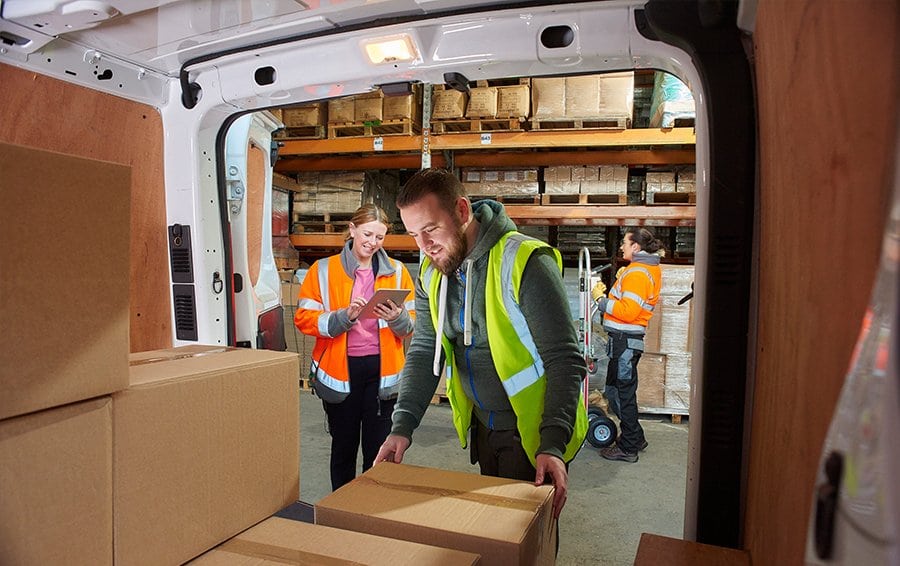There are more than 4.5 million Light Commercial Vehicles (LCVs) on the road today, yet less than 0.2% of these are electric, according to the most recent figures from the SMMT.
With the UK aiming to ban the sale of new petrol and diesel vehicles from 2030, it’s vital the UK economy not only switches to electric cars, but also electric vans.
A new report from leading sustainable mobility specialist, Arval, which has more than 175,000 vehicles on its UK fleet, aims to help businesses adopt eLCVs through an investigation into real-world range i.e. how far they can go on one charge. For businesses used to running diesel vans and not having to unduly worry about time off the road, the move to all-electric commercial vehicles which have extended recharge times is something new to consider.
Until now, independent real-world data about eLCV range has not been easily available leading to doubt within organisations about how electric vans would fit with their fleet needs. The real-world range figures in the new guide – eLCVs – Electric fleet transition powered by real-world data – from Arval allows businesses to plan with confidence when running battery-electric commercial vehicles.
To support the transition, Arval commissioned an independent and scientific trial at Millbrook Proving Ground, assessing vans from three segments carrying full, half and no payload in winter ambient temperatures on urban, rural and motorway routes – helping businesses to plan around range scenarios confidently.
The research concluded that the variables involved meant fleets had to look at their specific circumstances because differing types of van, payload, journey type and temperature all had an impact. In the scientific testing for the eLCV Performance Report ranges varied from around 50% to more than 100% of the official figure.
David Watts, Arval UK senior consultant, explained: “Our real-world testing across small, medium and large electric vans, each assessed with three payload weights in typically cold weather, shows that to be confident the van won’t run out of electricity on a route, a figure of around 60-70% of the official range should be used.
“Obviously there are many variables so fleets will want to use this new data to see what their typical operations will mean to EV range. However there are some reassuring points that can be taken on board – namely, figures for laden eLCVs are comparable with the performance of diesel vans, faster speeds don’t necessarily reduce range and using ‘worst case’ winter performance figures should see a positive impact in warmer months.
“Banning the sale of new petrol and diesel vehicles, scheduled for 2030, has thrown into sharp relief the different needs of fleet vehicles and how electric light commercial vehicles will fit in.
“Tax changes have triggered a sudden surge in electric car interest as drivers seize the opportunity to cut their monthly benefit-in-kind costs, but there’s also increased focus on fleet electrification across all vehicle segments. This has seen the spotlight shift to the very real and practical challenges of incorporating electric commercial vehicles into a fleet.”
As a leading advocate of fleet electrification, Arval knows that understanding the realistic operational capabilities of an eLCV is crucial to an effective electric fleet transition process.
David added: “Two key questions routinely faced from fleet operators looking to adopt eLCVs are ‘what is the real-world range?’ and ‘what impact, if any, does the payload have on this range?’
“Until now there has been an information void about the real-world range of fully electric LCVs, compared to the official WLTP figures, and also the impact of external variables such as temperature, payload and driving route.”
The research shared in the new report is the first independent investigation into the impact of temperature on electric LCV real-world range. It is also the first independent investigation into the impact of payload on electric LCV range.
Sustainable mobility, including increasing the adoption of eLCVs, is a key part of the company’s strategy to 2025, Arval Beyond and is also aligned with the UN Sustainable Development Goals 9 and 11.
To download the full report visit: arval.co.uk/fleettoolbox/elcv-fleet-transition






